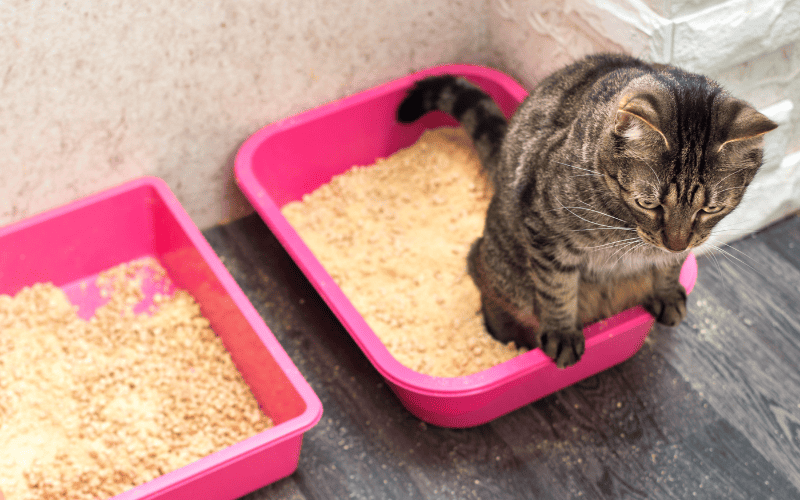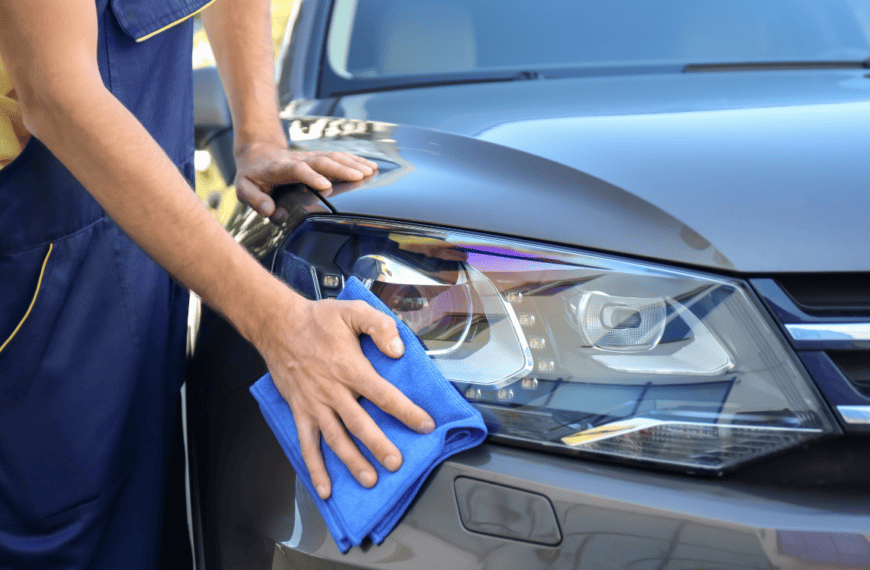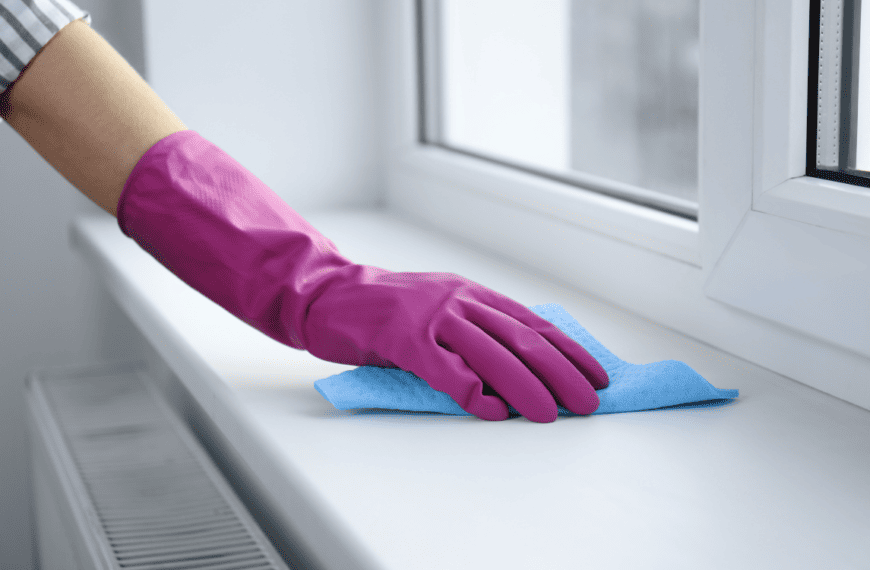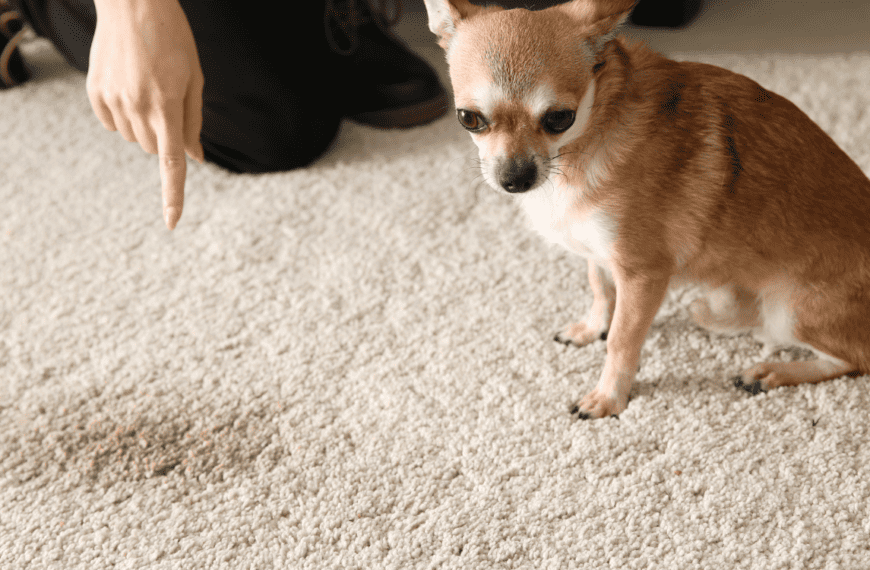After raising kids and pets for enough years, I’d say I’m pretty patient about random pee stains on the carpet. They’re always inconvenient and time-consuming to clean but nothing to lose sleep over. As long as they’re sanitized and odor-free, I won’t stress about minor imperfections.
But a blemish on the hardwood floor? Completely different story. Carpet is cost-effective, but my wood flooring elevates the room. Even the tiniest flaws can be enormous aggravations, with cat pee stains being some of the worst. One glaring spot will ruin the entire floor, and the accompanying cat pee odor can make the space unbearable.
Cleaning cat urine soaked into wood isn’t always easy. But it is possible, and you’ll be glad you put in the effort to save your flooring. For better results with less hassle, I’ll explain the best ways to remove cat urine stains from your hardwood floors.
Sealed vs. Unsealed Hardwood
A coating is the difference-maker when removing cat urine from your wood floor. If your hardwood has a watertight seal, the urine stain will sit on the surface and wipe away with relative ease. You’ll still need to clean your flooring as quickly as possible, but with a quality coating, it should resist lasting damage until you can get to it.
Unfinished wood isn’t as generous. Hardwood’s porous surface will begin to absorb moisture once it makes contact. You’ll have much less time to react without letting a stain set in. Without immediate cleaning, your only option in some cases will be to sand or replace boards.
How To Clean Cat Urine From Sealed Floors
Well-sealed wood floors will resist permanent staining, allowing you to use simple cleaning solutions for cat pee. Soap and water will clean impermeable surfaces easily enough, but ideally, you’ll use an enzyme cleaner.
1. Enzyme Cleaner
My go-to fix for pet and toddler stains, an enzyme cleaner should be your first choice when trying to eliminate cat odors around the house. Active enzymes and bacteria break down the uric acid that causes a recurring odor. Removing urine smells is essential in preventing more accidents in the same spot, and products like Rocco & Roxie Stain & Odor Eliminator are the surest way to destroy every trace of cat pee.
Soak up lingering urine on the wood floor with paper towels. Spray an enzyme cleaner on the stain, and let it sit for the recommended dwell time. Wipe it dry with a clean cloth. Rinse if the instructions call for it, then repeat as necessary until the cat pee smell stays away for good.
2. Vinegar
White vinegar can make a decent DIY stand-in for enzyme cleaner when you want to get rid of cat urine odors quickly. It’s not as effective for long-term odor elimination, but it works well on light or recent stains and provides immediate relief from the scent.
Mix distilled white vinegar with water in a 1:1 ratio in a spray bottle. Soak up the cat urine with paper towels. Spray the area with the vinegar solution, and wipe with a clean cloth to remove any residue. The vinegar smell will dissipate as it evaporates.
Warning! Do not leave the solution on hardwood flooring for more than a few minutes. Though diluted, the vinegar can damage surfaces like wood, dulling the finish and creating an even more challenging repair job.
How To Clean Cat Urine From Unsealed Wood Floors
Unsealed wood floors or those with worn-out finish can develop soaked-in cat urine stains and enduring odors. While you may have to resort to drastic measures in many cases, you can first try a few bleaching solutions to change the wood color. Hopefully, these will allow you to refinish the wood floor to a satisfying degree and avoid replacing boards.
1. Hydrogen Peroxide
Hydrogen peroxide is the best cleaning option for most cat owners trying to restore their hardwood at home. It’s safe, easy to use, cheap, and convenient, but above all, it works!
Cover the soaked-in urine stain with paper towels, and saturate them with hydrogen peroxide. Let the paper towels sit for several hours or overnight, and check for progress. Repeat as necessary until the stains lighten.
Removing deep urine stains can take several applications and days of cleaning, but they should eventually fade. For faster results, try a more potent product like 40 volume developer, and cover the cleaner with plastic wrap after applying it to reduce evaporation.
Note: Wood floor coatings may wear down in spots, such as the edges of boards, leaving some of the board sealed and some unfinished. If cat pee seeps into an unsealed section, the darkening stain may spread under a finished area. Hydrogen peroxide and other liquid bleaches deliver less reliable results in these cases, so you might have to sand before applying. Stripping away the top layer will ensure the solution reaches every part of the stain.
2. Wood Bleach
Wood bleach is the nuclear solution for cleaning cat urine from unfinished hardwood floors when you’re committed to not sanding or replacing the boards. You have two options — A/B bleach and oxalic acid. As with hydrogen peroxide, you will likely need to sand any remaining finish on the wood before using these cleaners to get the best stain penetration.
Warning! Wear protective eyewear and rubber gloves while using wood bleaching products. Inhaling, ingesting, or making contact with oxalic acid can cause minor irritation or more extreme effects, including kidney damage. Sodium hydroxide, the “A” in A/B bleach, is highly caustic even in minute amounts and will quickly cause tissue damage upon exposure.
Oxalic Acid
Oxalic acid is a powdered bleach you can mix with hot water and apply to the stained wood area with a scrubber or paintbrush. After letting it sit according to the manufacturer’s directions, check for improvements around the cat pee stain, and reapply as necessary. Before refinishing the floor, you’ll likely have to sprinkle baking soda, borax, or another alkaline neutralizer to halt the acid’s effects.
A/B Bleach
A/B bleach is a two-part solution combining sodium hydroxide (lye) and hydrogen peroxide. Though often more effective, A/B bleach doesn’t retain the wood color like oxalic acid. You may want to save it as a last resort when oxalic acid doesn’t cut it. If you use it as a follow-up, rinse and neutralize the oxalic acid first, and let the floor completely dry before using the A/B bleach.
Carefully follow the product’s use and safety instructions. Some A/B bleaches require premixing in a bucket, while others go onto the wood in separate layers. Some won’t need neutralizing before you refinish the floors, but others will need a vinegar rinse to stop the reaction. It’s easy to mess up if you make assumptions about how particular products work, leaving a much more challenging cleaning problem on your hands.
3. Sand or Replace Boards To Remove Old Cat Pee
When cat urine soaks into the wood to the point that hydrogen peroxide, oxalic acid, or A/B bleach won’t do the trick, you may have to physically remove the stain with a sander. At this stage, you’ll strip away several layers of wood until you get past the discoloration. Bear in mind that sanding away a cat urine stain is only possible with solid hardwood and not engineered wood, as the latter only has a thin wood veneer.
Removing numerous layers in one spot can eventually create a noticeable dip in the floor. Sanding isn’t always practical when the cat urine is soaked deep into the wood. In these instances, you’ll have to remove and replace floorboards, sand the entire floor, and refinish.
I’m not here to explain how to accomplish all that, but this video will detail the sanding and refinishing process. If you don’t have the time, resources, or confidence to complete this relatively labor-intensive job, this is an excellent time to call in a flooring expert for help.
How To Prevent Cat Urine Stains on Wood Floors
Cat urine stains are never easy or quick to clean once they sink into wood flooring. Save yourself the effort and frustration of dealing with discolored wood and the pungent smell of cat pee throughout the house by taking a few essential preventative steps.
Provide Clean, Accessible Litter Boxes
Cats typically offer little fuss when learning to use the litter box, but you can’t take that for granted. They have standards and preferences and may do their business elsewhere if they don’t have access to a clean and comfortable spot. Here are a few tips on making the litter box as appealing as possible to keep your cat from eliminating on your wood floor:
- Test different cat litter brands to see which ones your pet prefers
- Put at least one litter box on each floor and anywhere your cat frequents
- Use multiple litter boxes when you have more than one cat to avoid competition
- Scoop poop and urine clumps from the litter box daily, and change litter completely every 1–3 months
- Give your cat ample room to move around in the litter box
If the litter box is on hardwood, put a pad underneath it to stop liquid from reaching the floor. Although your cat may have good toilet habits, you might overlook a leak for days, leaving a stain beneath it for you to find the next time you lift the box.
Clean Regularly
Even if you miss the occasional accident on your wood floor, you’ll be much more responsive to them when you maintain a strict cleaning schedule. One of the primary causes of old urine stains is a cat peeing on a rug and the owner not realizing it’s soaked to the floor. With a more frequent routine that includes cleaning under rugs, you can catch growing urine marks early and nip the behavior as quickly as possible.
Talk to Your Vet
Inappropriate elimination around the house may warrant a chat with your vet, especially if it’s a recent habit unrelated to any unique stressors, like new pets or changes of scenery. Medical issues, such as urinary tract infections or osteoarthritis, can lead to increasing accidents. You’ll typically see several additional behavioral changes from underlying health problems. If you’re uncertain of the source of the behavior, contact your vet immediately for advice.
Why Does Cat Urine Smell So Bad?
You need to completely remove cat urine from your wood floors, or that pungent odor you’ve been trying to destroy will only continue coming back in full force. Concentrated cat urine releases that familiar sharp ammonia smell as it decomposes, and when the uric acid crystals are embedded in a material, whether wood, carpet, or fabric, they’ll keep giving off a scent whenever they become moist.
An odor remover like baking soda or activated charcoal can help lessen the cat pee smell in the room. But the best way to destroy the source is with an enzyme cleaner that digests the lingering urine compounds. Unfortunately, that smell can sink into and under floorboards. You may have to sand or remove boards and treat the underlying area with enzyme cleaners to eradicate the smell and stop your cat from returning to the spot to pee.
Hardwood floors are one area where an ounce of prevention is worth much more than a pound of cure. Cat pee odors and black staining entail a lengthy, often messy cleaning process, one you can avoid with forethought and awareness. Old cat urine soaked into hardwood can seem like an impossible task. But following these tips to remove and prevent it from ruining your wood floors, you can maintain a fresh look in your space for years to come.
Frequently Asked Questions (FAQs)
Can Cat Urine Permanently Damage Wood Floors?
When cat urine has a chance to soak into wood flooring, the damage can be permanent. Bleaching doesn’t return the wood to the same color as if nothing happened. But it will make it workable enough to stain and finish for a convincing cover-up. You can also stain your floor a darker tone to conceal faint color variations.
How Long Does It Take for Cat Urine Smell To Go Away From Wood?
The time it takes for a cat’s urine smell to dissipate depends on how far the urine sinks into the floor. Fresh pee that hasn’t had a chance to soak in may stop smelling after you sprinkle baking soda and open the windows for a few hours. Meanwhile, built-up urine in and under the floorboards could stink for months, even after several rounds of deodorizing attempts.









